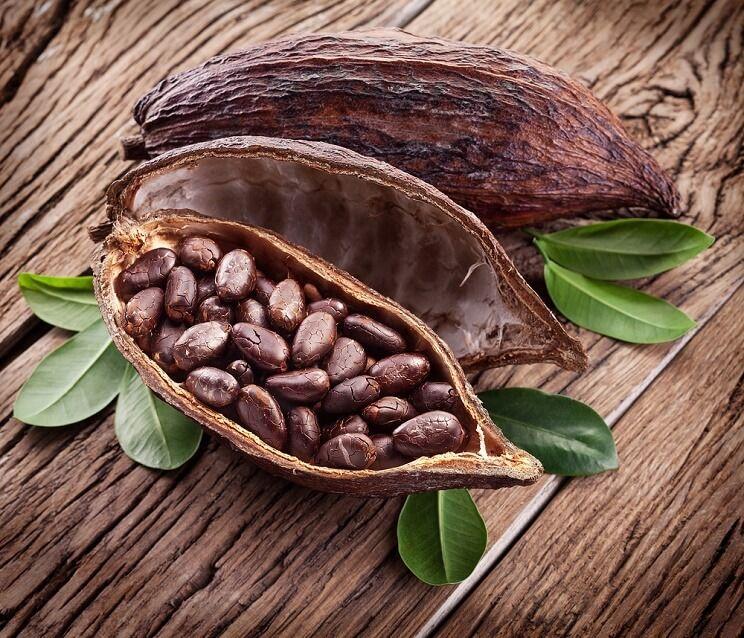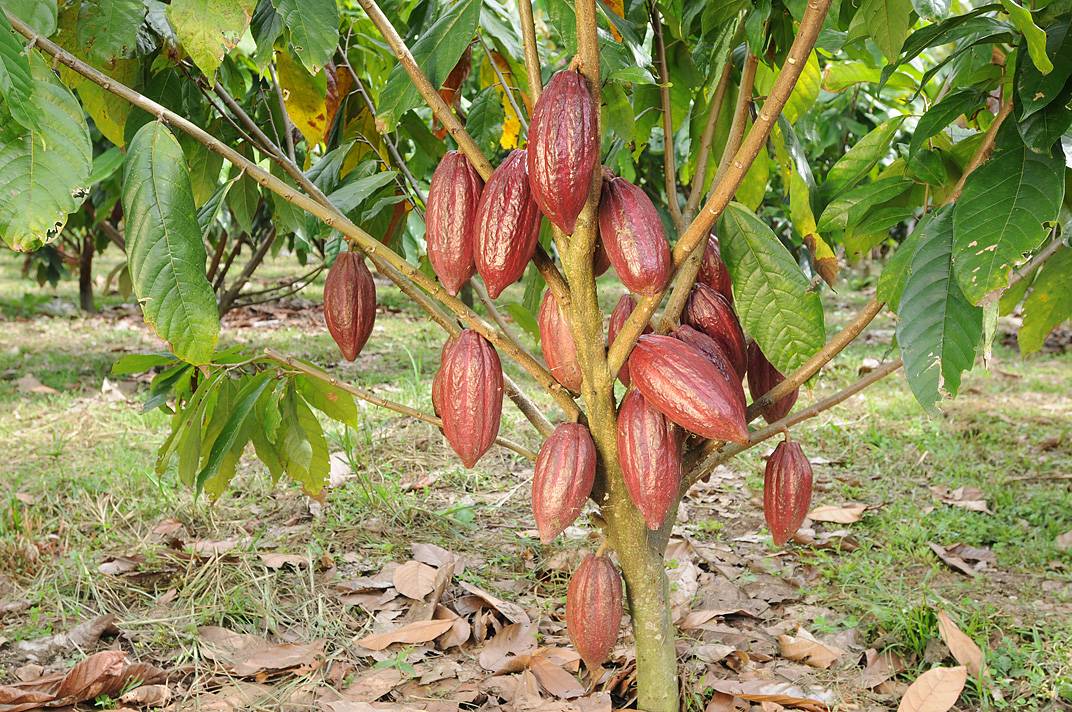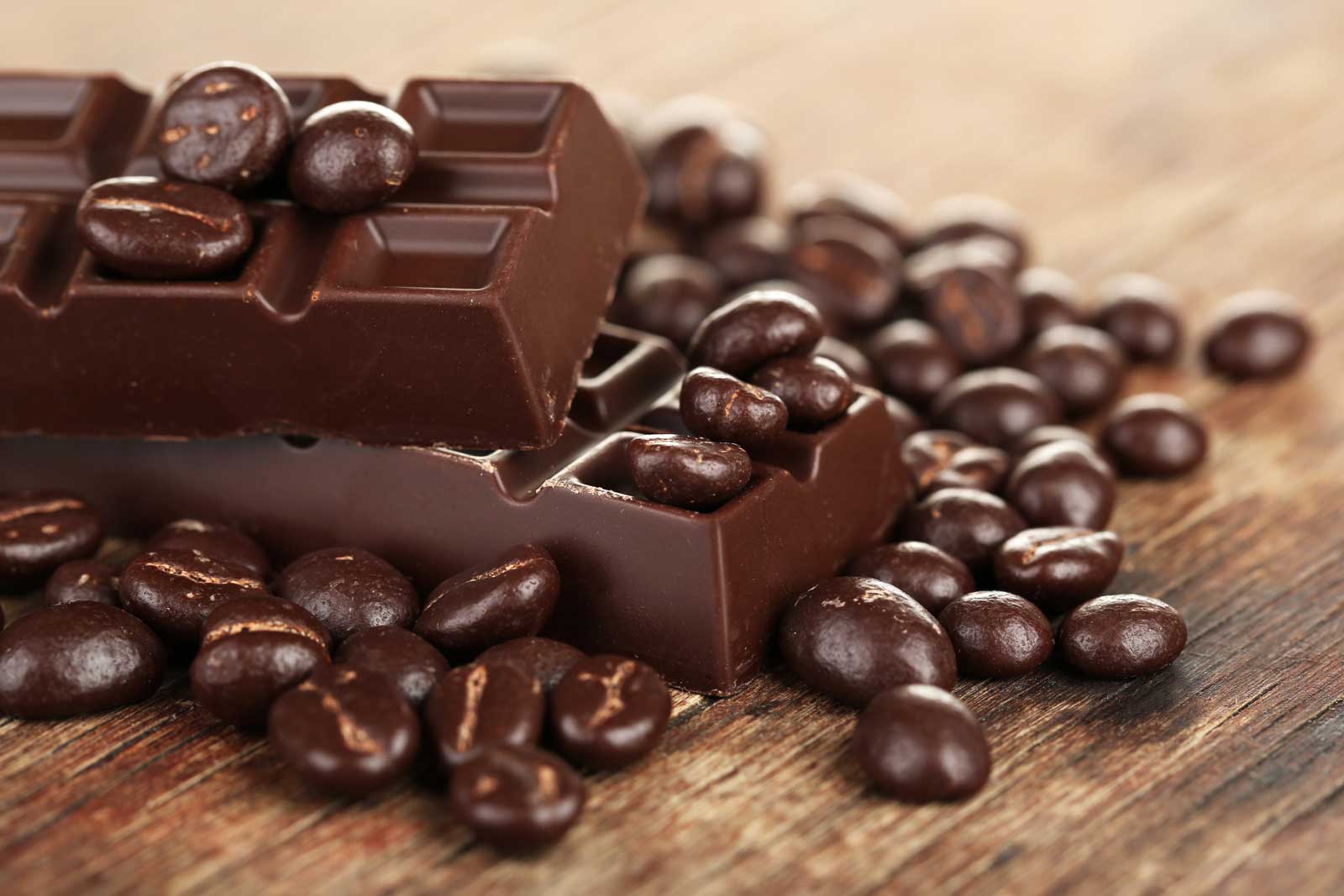Many people say that money does not grow on trees, but chocolate does. As you walk through the Amazon rainforest, you may find a cocoa tree full of fruit when you look up. But before that, please read the following. You will know more about the difference between the fruits you want and the beans. Presumably you may not know that chocolate and marshmallow are distant plant relatives. I hope the following knowledge will help you:

1. The name of the plant of the cacao tree is Theobroma Cacao, which means the Greek food.
2. The cacao trees grow to 30 feet high and each tree is covered with white flowers and colorful fruits.
3. It takes a cocoa tree for about five years to produce the first fruit, the so-called cocoa pod.
4. Cocoa pods have a hard shell that is shaped like a bloated cucumber, usually red, yellow or orange.
5. The result of this tree takes about 5 years, and the growth period is as high as 10 years, but it can last for decades.
6. Cocoa pods take 4-5 months to grow, take weeks to mature, and cut from the tree with sharp blades.
7. It takes about 5 days for the cocoa beans to be fermented in a special box and dried on a large tray for 1-2 weeks.
8. There are about 40 to 50 cocoa beans per cocoa pod.
9. It takes hundreds of processed beans to make 1 pound of chocolate.
10. Cocoa beans have a white coating which is a film or film that wears during the drying process.
11. The flesh of the cocoa fruit (around the beans) is edible, reminiscent of lemon-flavored mango and used by some to make juices and jellies.
12. The pollination process of cocoa tree flowers is done by flies rather than bees.

13. Cocoa solids and cocoa butter are the two main ingredients in the beans that make up the chocolate we enjoy today.
14. Cocoa trees usually see its 100th birthday, but only produce about half of the fruit.
15. Cocoa trees prefer shades and often grow under other trees such as mangoes, bananas, papayas or rubber trees.
16. Cocoa trees do not grow in arid climates because they require humidity, good soil drainage and regular rainfall.
The leaves of the cacao tree are more than six inches long. Like all deciduous trees, it loses its leaves every year.
18. There are three common species of cocoa trees: Criollo (Central America), Forastero (West Africa and South America) and Trinitario (all cocoa regions).
19. It originated in South America, and some people believe that the exact location is the Orinoco River Basin, which flows from Colombia to Venezuela to the Atlantic Ocean.
20. After harvesting the fruit, the beans are extracted and then subjected to a fermentation and drying process.
21. Theobroma belongs to the family Malvaceae (also known as Mallow) and has more than one thousand species including cotton, hibiscus, okra and hollyhock.
22. Cocoa trees have approximately 20 relatives belonging to the genus Cocoa of the genus Cocoa, which do not produce cocoa beans, but they flower and produce fruits for medicinal purposes. In some cases, such as mocambo, the seeds are edible.
23. Theobromine is an organic compound found in cocoa which has a similar behavioral effect as caffeine and is also present in tea and cola.
24. The highest cocoa producing countries - both located within 20 degrees of the equator are as follows: Ivory Coast, Indonesia, Ghana, Nigeria, Cameroon, Brazil, Ecuador, Mexico.
25. Cocoa Butter (AKA Cocoa Butter) is used to treat bruises, stretch marks, and is a popular moisturizer - especially for people with dark skin.
In fact, the cocoa tree is so amazing that it can bring us sweet food, let us suck energy in the ocean of chocolate, and bring us the amulet that hinders the disease.

